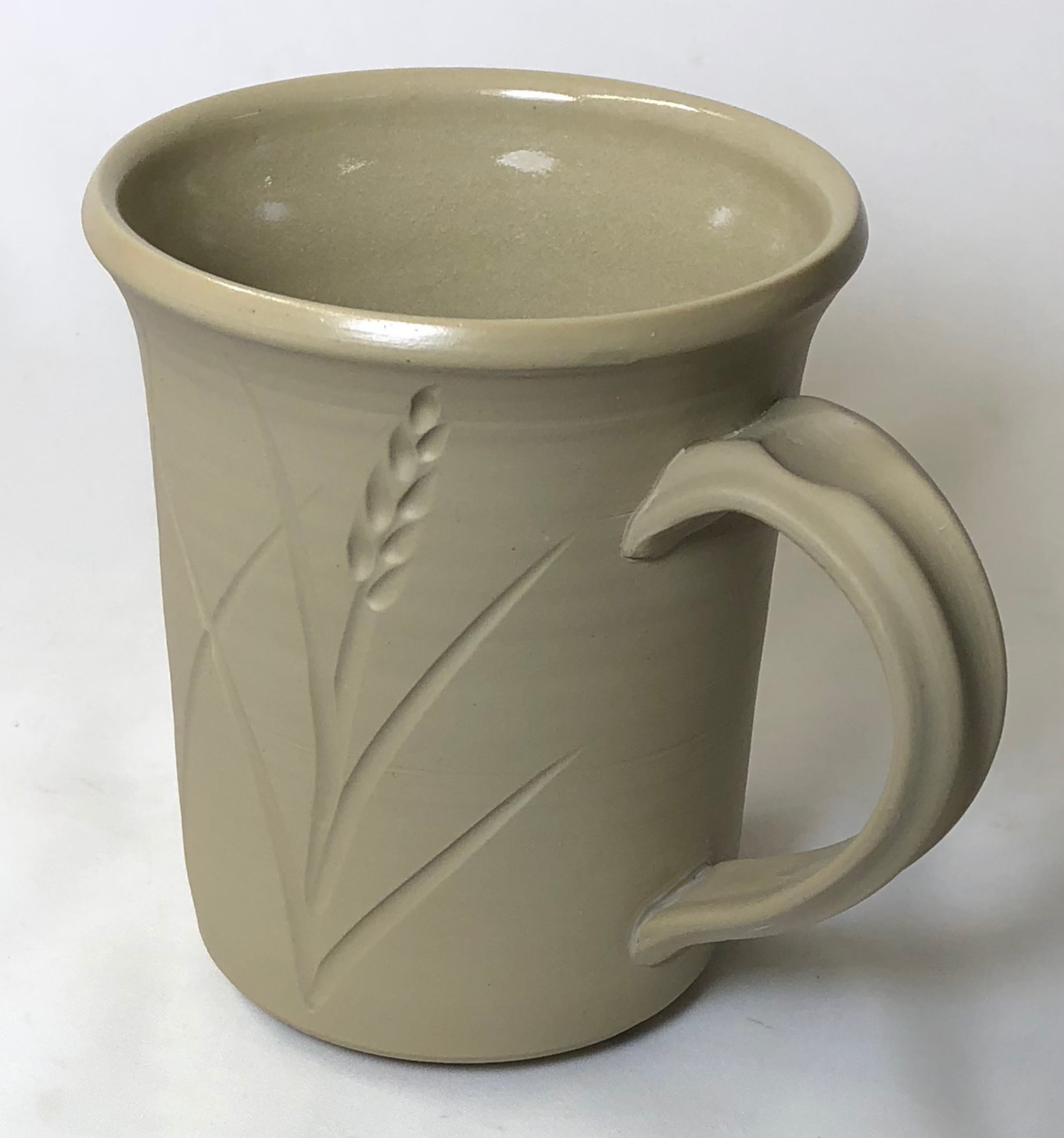Mother Nature's porcelain - From the Cretaceous period
During a 6 week of mining in 2018 in insight-live.com/material/1178">Ravenscrag, Saskatchewan we extracted marine sediment layers of the late Cretaceous period. The center portion of the "B layer", as we call it, is unbelievably fine particled (impossibly smooth, like a body that is pure terra sigillata)! The feldspar and silica are built-in, producing a glassy body surface, starting at cone 4 and lasting to cone 8. Despite this, pieces don't warp in firings! I have not glazed the outside of this mug for demo purposes. I got away with it this time because the Ravenscrag clear glaze GR6-A is very compatible (the thermal expansion is high enough to avoid glaze compression issues and low enough not to craze). With other less compatible glazes these mugs cracked when I poured in hot coffee. To make this body I am slurrying it up as a slip and processing it to 325 mesh (using a vibrating sieve).
Pages that reference this post in the Digitalfire Reference Library:
3B Clay, How to Find and Test Your Own Native Clays, Grinding Room Upgrade, "Whitemud" clays in dinosaur country of southern Saskatchewan. These are Cretaceous. Jurassic? 1km straight down., Mother Nature's stoneware and glazes!, Mother Nature's Porcelain - Plainsman 3B

This post is one of thousands found in the Digitalfire Reference Database. Most are part of a timeline maintained by Tony Hansen. You can search that timeline on the home page of digitalfire.com.
